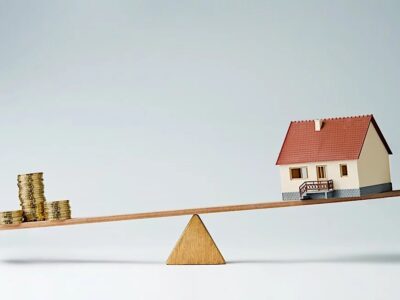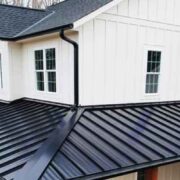
When faced with water damage, it is crucial to act swiftly and efficiently in order to minimize the long-term impact on your space. This article explores the most effective methods for water remediation, providing practical guidance on how to restore your environment back to its pre-damage condition.
The first step in any water remediation process is assessing the extent of the damage. By understanding the scope of the problem, homeowners can develop an appropriate plan of action.
Next, standing water must be promptly removed to prevent further destruction and potential health hazards.
Once excess water has been eliminated, thorough drying and dehumidifying is necessary to prevent mold growth and structural deterioration.
Cleaning and disinfecting surfaces follows suit, ensuring a sanitized environment free from harmful bacteria.
Finally, damaged structures need repair and restoration. From repairing leaks to replacing damaged materials, comprehensive rehabilitation is essential for a complete recovery.
With these effective water remediation methods at hand, individuals can take control of their spaces again after experiencing damaging water incidents.
Assessing the Extent of Water Damage
Before you panic and start tearing up your floors, it’s important to assess the extent of water damage in order to determine the most effective remediation methods.
Begin by inspecting the affected area thoroughly and identifying any visible signs of damage, such as discoloration or warping.
Additionally, use moisture meters to measure the moisture content of walls, ceilings, and floors.
This initial assessment will provide valuable information for developing a targeted restoration plan.
Removing Standing Water
To efficiently remove standing water, you’ll need to employ a combination of techniques.
First, use a wet/dry vacuum to extract as much water as possible. Make sure to empty the vacuum frequently to maintain suction power.
Next, use towels or mops to absorb any remaining water from hard surfaces.
For carpets and upholstery, consider using a portable carpet cleaner or hiring professional services for thorough extraction.
Drying and Dehumidifying the Area
After removing standing water, it’s crucial to ensure proper drying and dehumidification of the area to prevent further damage and mold growth. This can be achieved by following these steps:
- Open windows and doors to allow for air circulation.
- Use fans and dehumidifiers to remove excess moisture from the air.
- Monitor humidity levels with a hygrometer and adjust equipment as needed.
By properly drying and dehumidifying the space, you can minimize the risk of structural damage and create a healthier environment.
Cleaning and Disinfecting Surfaces
Cleaning and disinfecting surfaces is essential for ensuring a safe and germ-free environment, allowing you to regain peace of mind after the water damage. By thoroughly cleaning affected surfaces, you can eliminate harmful bacteria, viruses, and mold that may have thrived in the damp conditions. Disinfectants like bleach or hydrogen peroxide are effective in killing germs. Remember to wear protective gear while cleaning and dispose of contaminated items properly.
Repairing and Restoring Damaged Structures
The damaged structures can be repaired and restored to their former glory, bringing back a sense of security and comfort to the space.
Professional water remediation Springfield MA experts utilize various techniques to ensure effective repairs. They assess the extent of the damage, remove any remaining water or moisture, and repair structural components such as walls, floors, and ceilings.
Additionally, they address any underlying issues that may have contributed to the damage, ensuring a long-lasting restoration solution.
Conclusion
In conclusion, restoring a space after water damage requires a systematic approach. First, assess the extent of the damage. This will help you determine the necessary steps for restoration.
Next, remove standing water from the affected area. This can be done using pumps, wet vacuums, or other water extraction methods.
Once the water is removed, it’s crucial to effectively dry and dehumidify the space. This will help prevent further damage and inhibit the growth of mold and mildew.
Cleaning and disinfecting surfaces is another important step in the restoration process. This will ensure that the space is safe and free from any harmful contaminants.
Finally, repairing and restoring any damaged structures is essential to bring your space back to its pre-damage condition. This may involve replacing drywall, flooring, or other materials that were affected by the water damage.
By following these effective water remediation methods, you can successfully restore your space and move forward with peace of mind.











